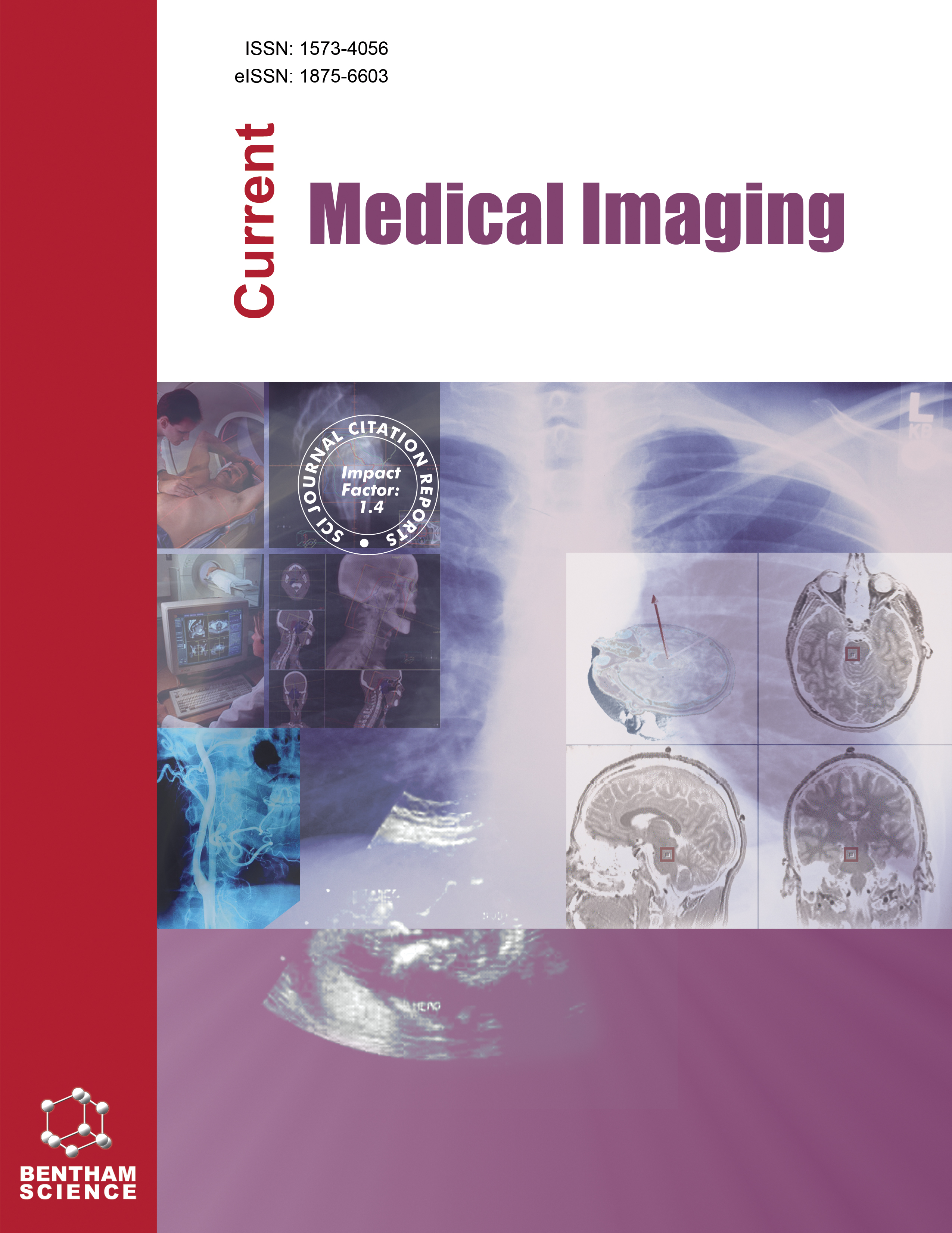-
oa An Artificial Intelligence Driven Approach for Classification of Ophthalmic Images using Convolutional Neural Network: An Experimental Study
- Source: Current Medical Imaging, Volume 20, Issue 1, Jan 2024, e15734056286918
-
- 01 Dec 2023
- 11 Mar 2024
- 01 Jan 2024
Abstract
Early disease detection is emphasized within ophthalmology now more than ever, and as a result, clinicians and innovators turn to deep learning to expedite accurate diagnosis and mitigate treatment delay. Efforts concentrate on the creation of deep learning systems that analyze clinical image data to detect disease-specific features with maximum sensitivity. Moreover, these systems hold promise of early accurate diagnosis and treatment of patients with common progressive diseases. DenseNet, ResNet, and VGG-16 are among a few of the deep learning Convolutional Neural Network (CNN) algorithms that have been introduced and are being investigated for potential application within ophthalmology.
In this study, the authors sought to create and evaluate a novel ensembled deep learning CNN model that analyzes a dataset of shuffled retinal color fundus images (RCFIs) from eyes with various ocular disease features (cataract, glaucoma, diabetic retinopathy). Our aim was to determine (1) the relative performance of our finalized model in classifying RCFIs according to disease and (2) the diagnostic potential of the finalized model to serve as a screening test for specific diseases (cataract, glaucoma, diabetic retinopathy) upon presentation of RCFIs with diverse disease manifestations.
We found adding convolutional layers to an existing VGG-16 model, which was named as a proposed model in this article that, resulted in significantly increased performance with 98% accuracy (p<0.05), including good diagnostic potential for binary disease detection in cataract, glaucoma, diabetic retinopathy.
The proposed model was found to be suitable and accurate for a decision support system in Ophthalmology Clinical Framework.


